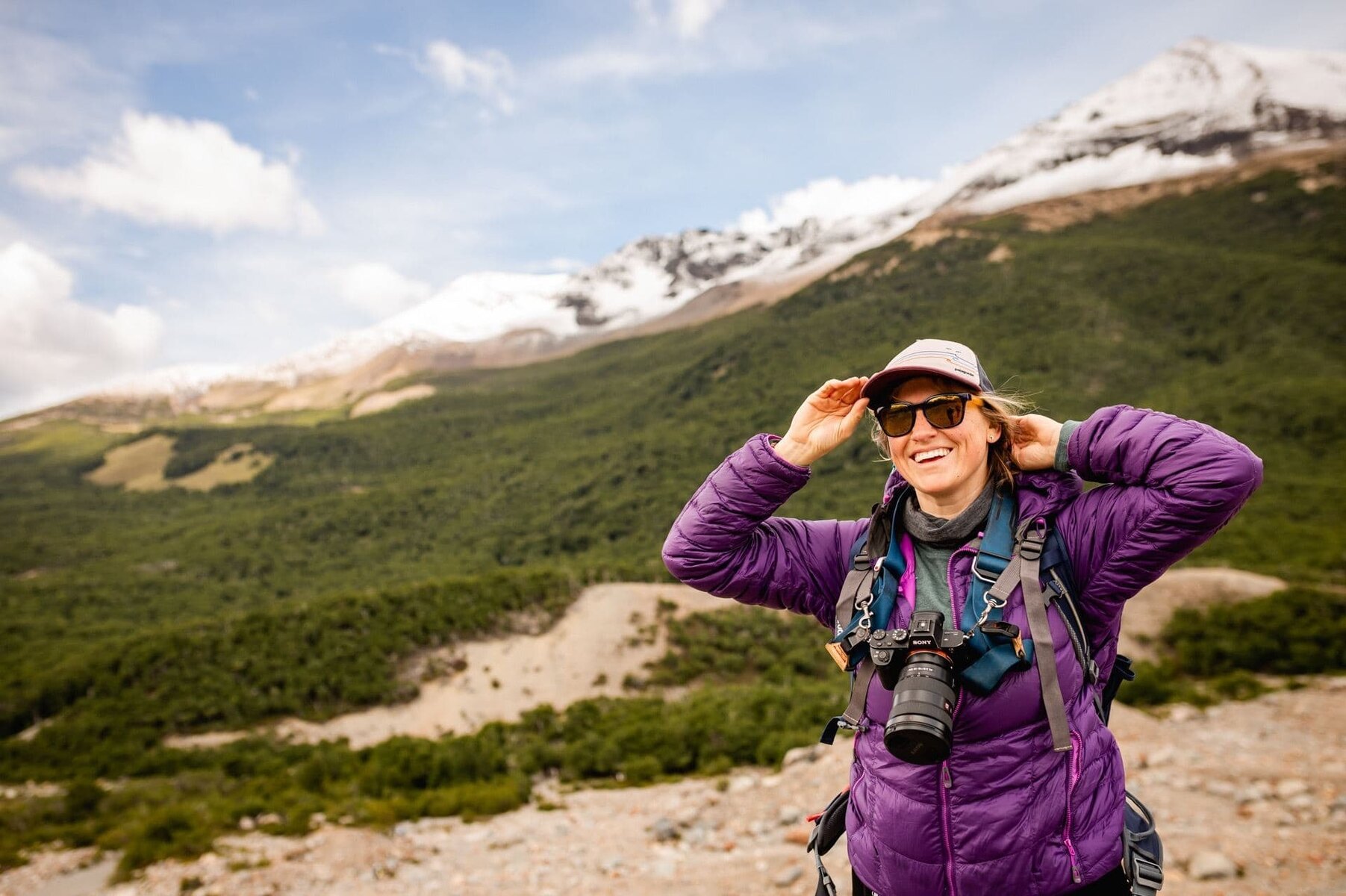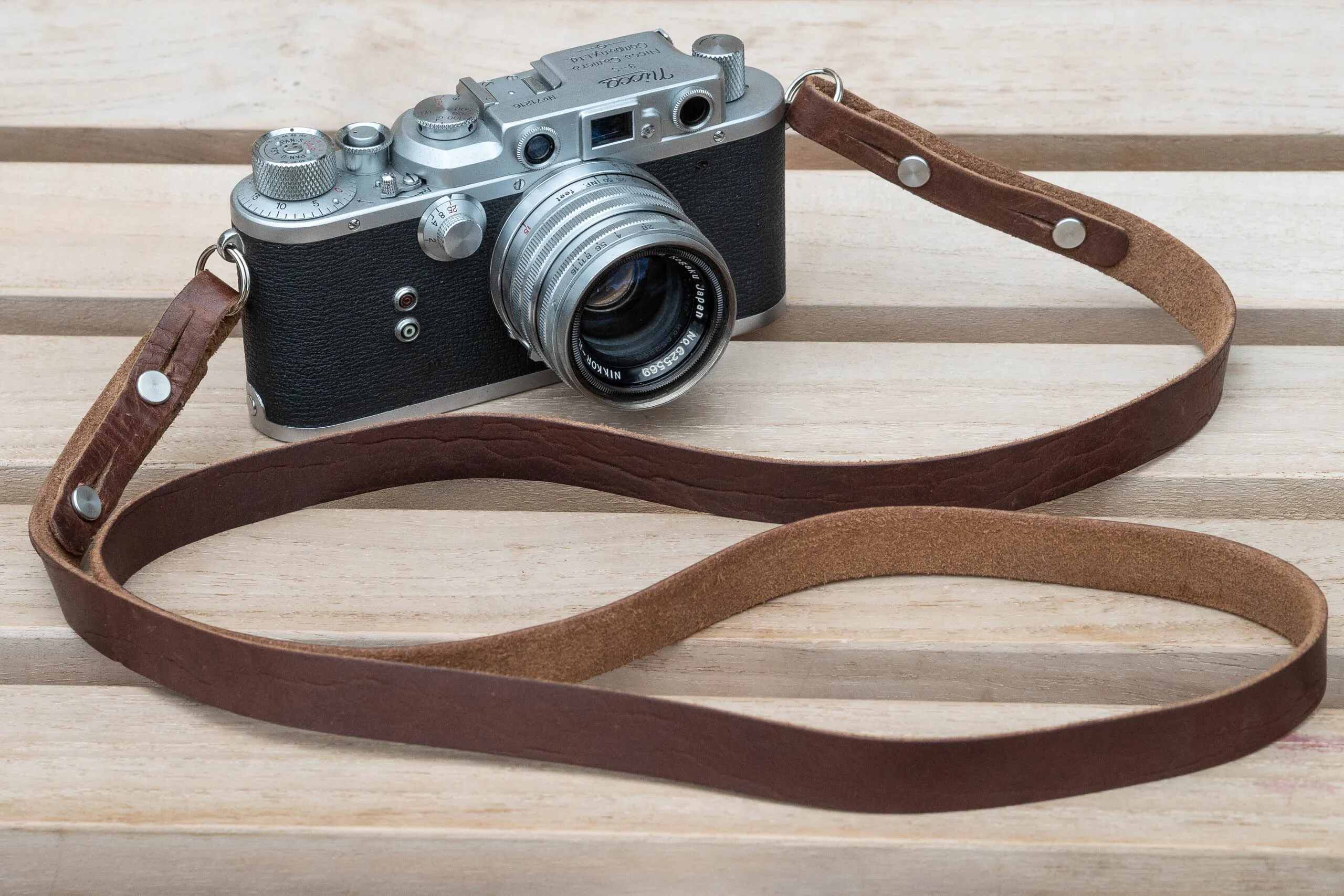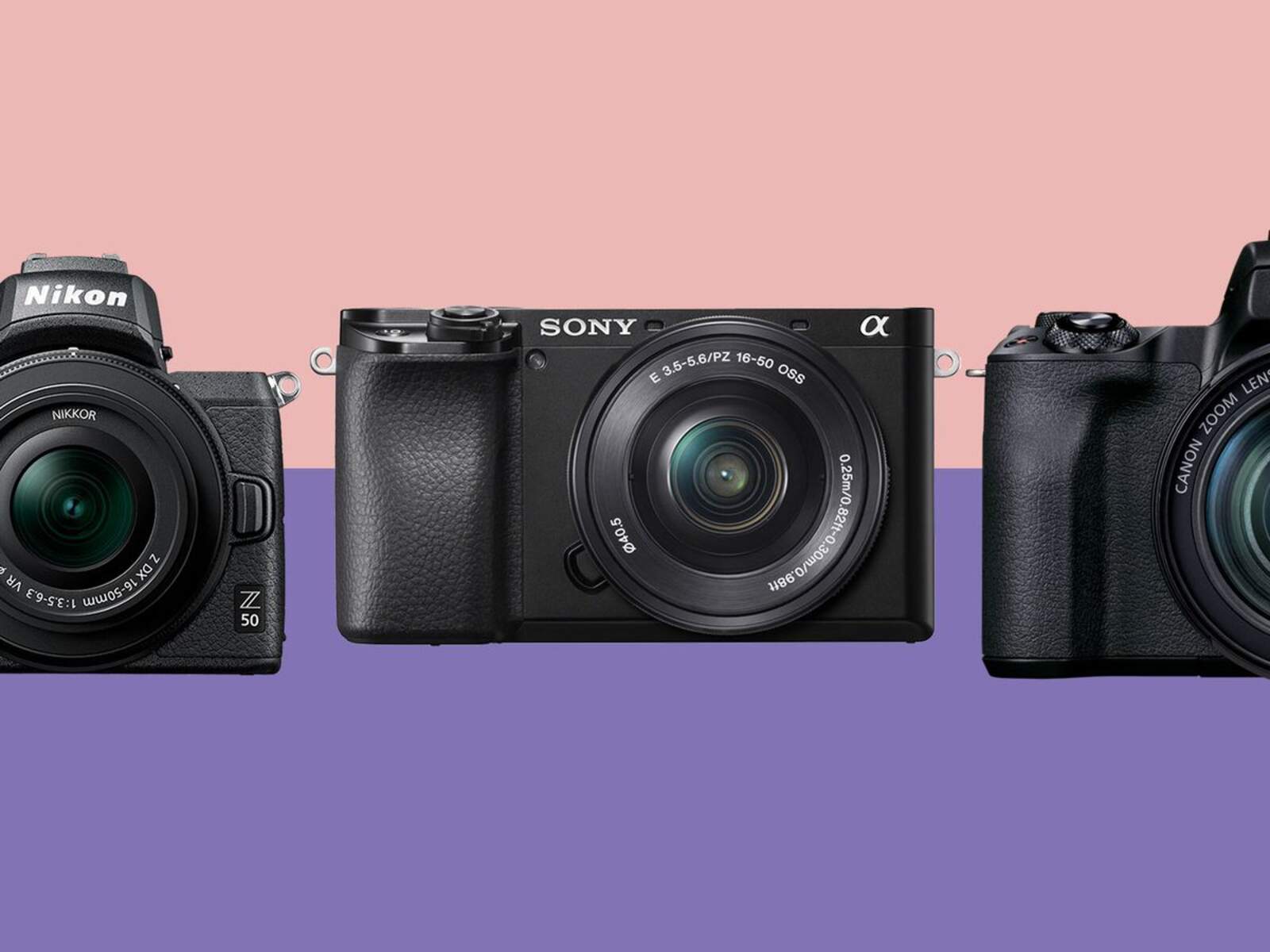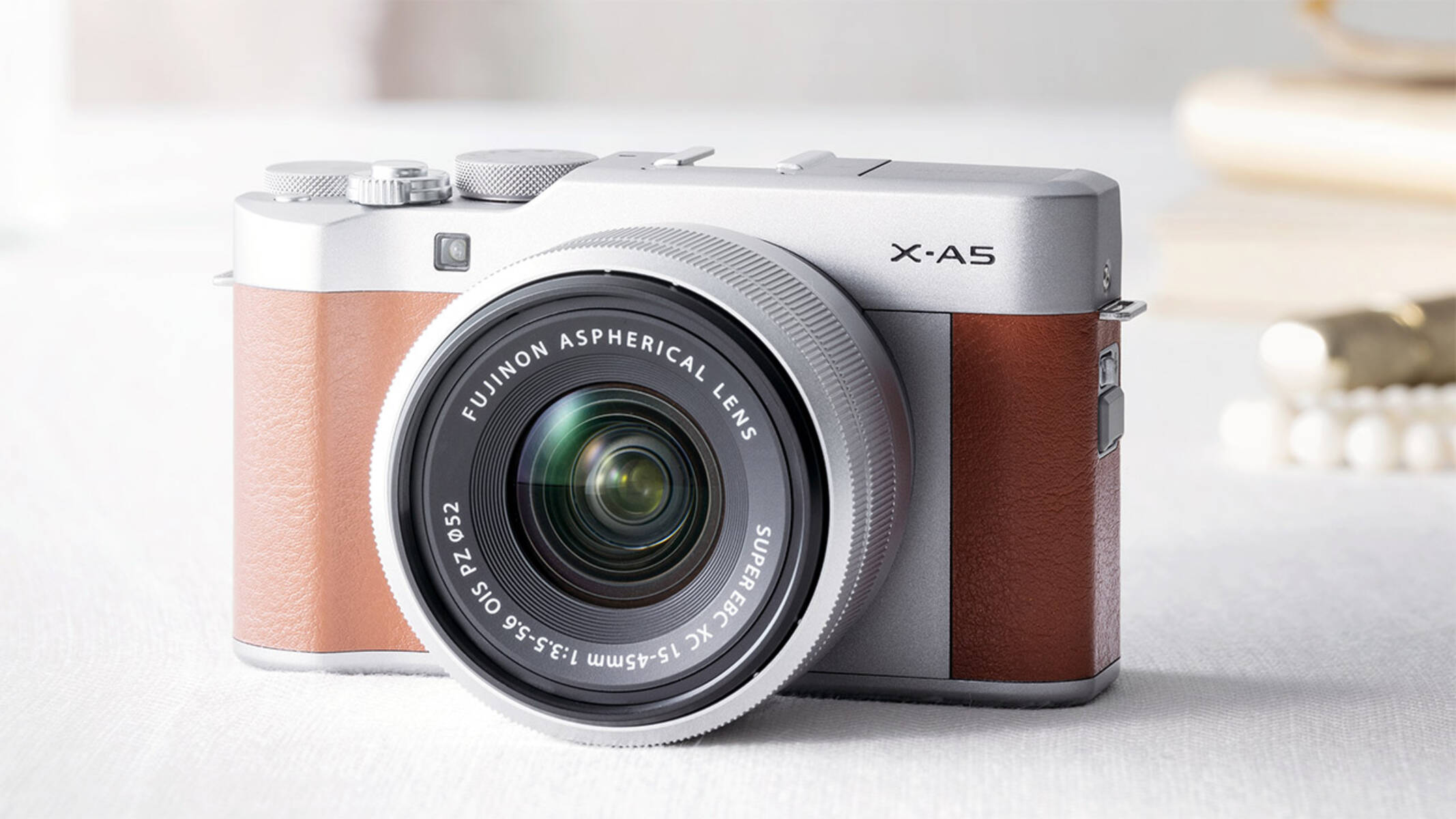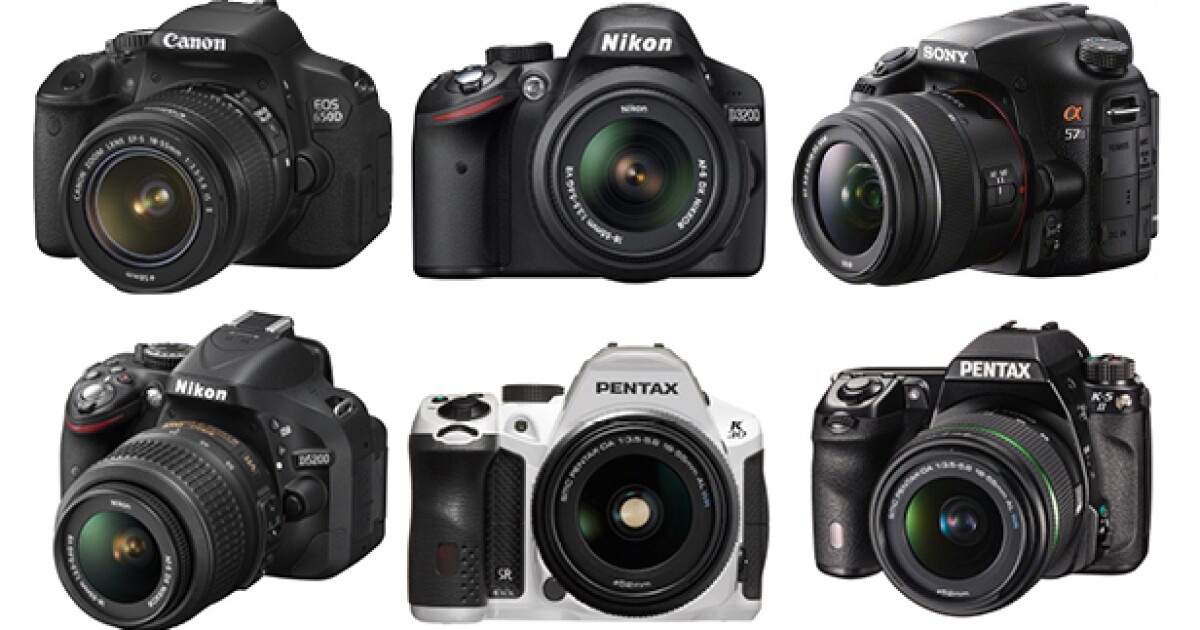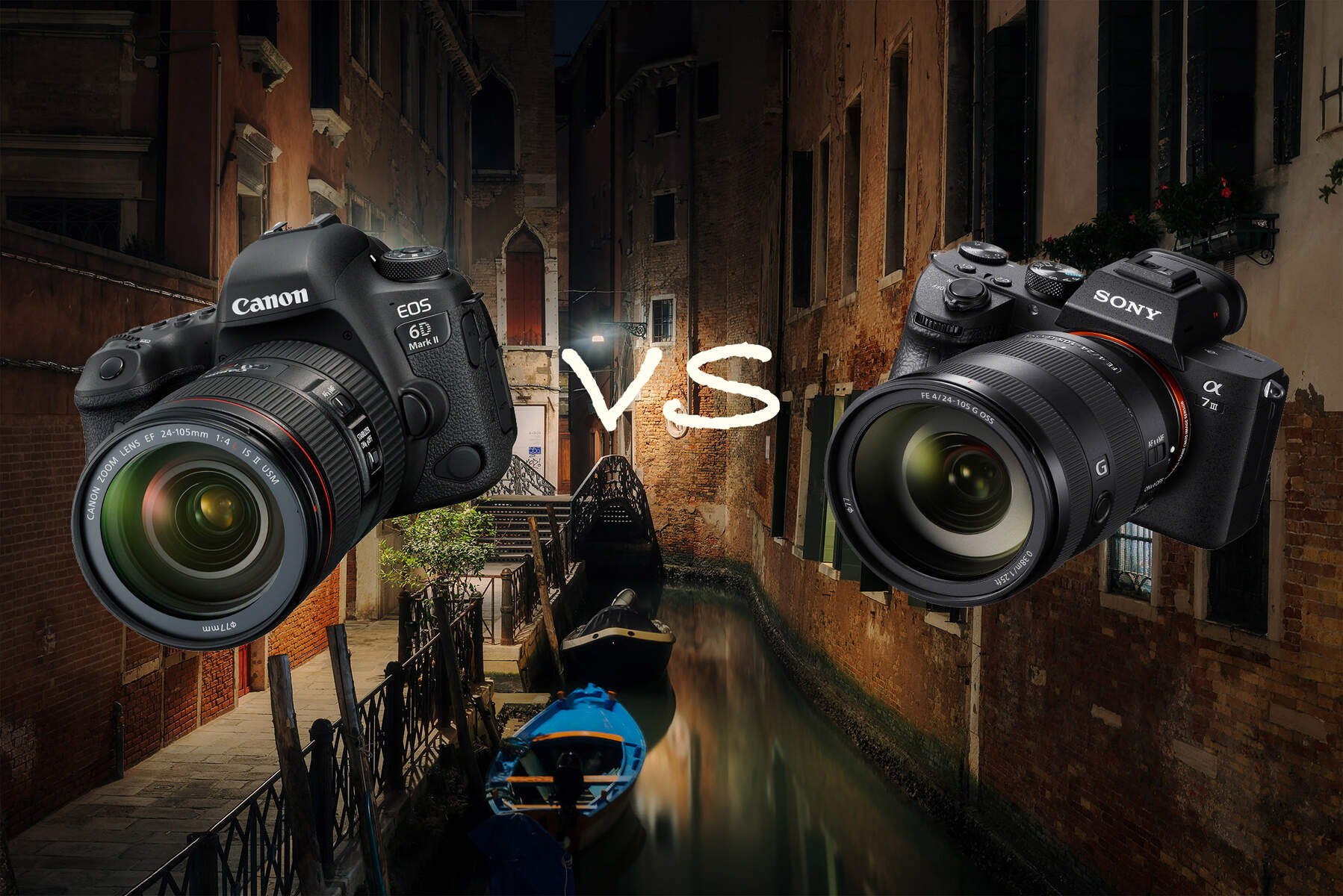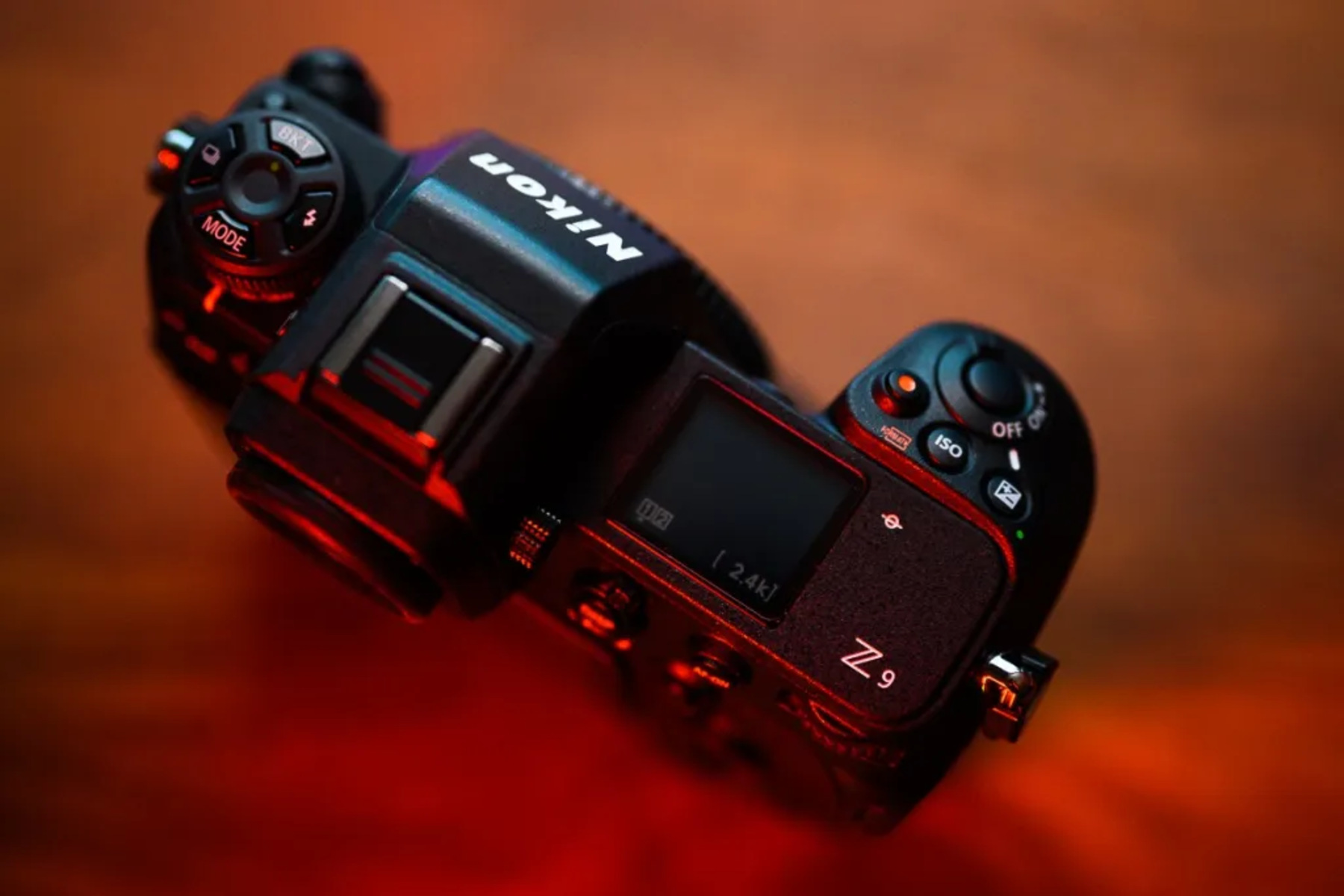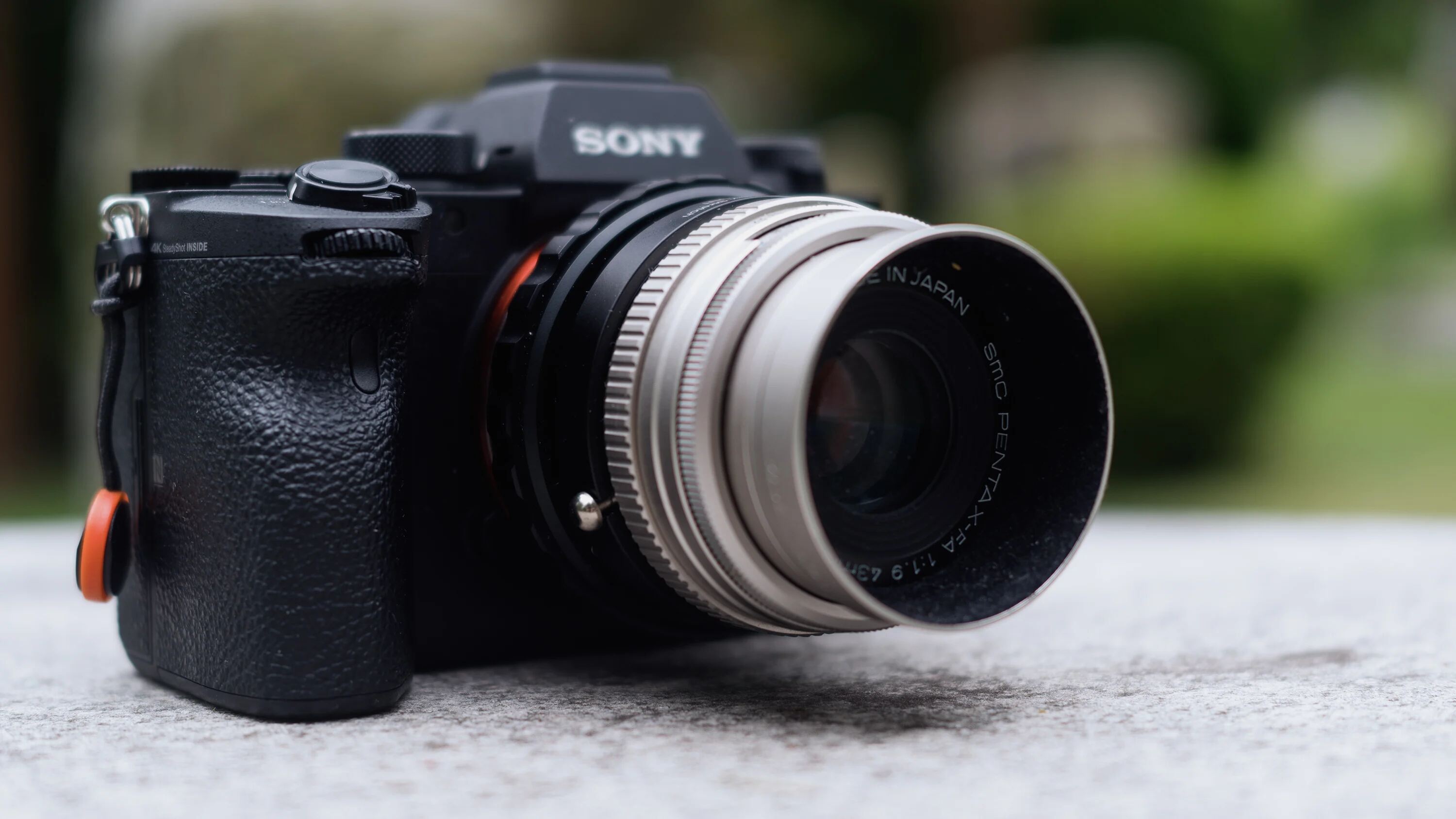Introduction
Carrying a mirrorless camera with you can open up a world of photographic opportunities, allowing you to capture stunning images wherever you go. However, ensuring the safety and accessibility of your camera while on the move is crucial. In this guide, we'll explore various methods for carrying a mirrorless camera, from choosing the right camera bag to utilizing a camera strap, clip, or pouch. Whether you're a photography enthusiast or a professional, these tips will help you keep your camera secure and ready to capture those special moments.
Carrying a camera is not just about convenience; it's also about protecting your valuable equipment from damage. A good camera carrying solution should provide easy access to your gear while keeping it safe from bumps, scratches, and the elements. With the right tools and techniques, you can confidently bring your mirrorless camera along on your adventures, knowing that it's well-protected and always within reach. Let's dive into the details of how to carry a mirrorless camera with you, so you can focus on what you do best – capturing beautiful images.
Choosing the Right Camera Bag
When it comes to carrying a mirrorless camera, selecting the right camera bag is paramount. The ideal camera bag should not only accommodate your camera body and lenses but also provide protection and easy access while you’re on the move.
There are various types of camera bags to consider, each offering unique benefits. A backpack-style camera bag is popular among photographers who need to carry multiple lenses and accessories. This type of bag evenly distributes the weight across your shoulders and back, making it comfortable for extended periods of wear. Additionally, backpacks often feature padded compartments and adjustable dividers, allowing you to customize the interior to fit your specific gear.
If you prefer quick access to your camera, a sling-style bag might be the right choice for you. These bags are designed to be worn over one shoulder, allowing you to swiftly swing the bag to your front for easy camera retrieval. Sling bags typically have compartments for organizing small accessories and personal items, making them versatile for various shooting scenarios.
For photographers who prioritize mobility and minimalism, a compact shoulder bag or a waist pack can offer a lightweight and streamlined carrying solution. These bags are designed to hold the essentials, making them ideal for photographers who want to travel light and remain agile while shooting.
When selecting a camera bag, consider the level of protection it offers against impact, moisture, and dust. Look for features such as padded interiors, weather-resistant materials, and secure closures to safeguard your gear in various conditions. Additionally, assess the comfort of the bag’s straps and the accessibility of its compartments to ensure a smooth shooting experience.
By choosing a camera bag that aligns with your shooting style and equipment needs, you can confidently transport your mirrorless camera and accessories, knowing that they are well-protected and readily accessible for your photographic endeavors.
Using a Camera Strap
A reliable camera strap is an essential accessory for carrying a mirrorless camera comfortably and securely. While many cameras come with a standard strap, photographers often opt to upgrade to a more ergonomic and functional option that suits their individual preferences.
One popular choice is the sling-style camera strap, which allows the camera to be carried diagonally across the body, distributing the weight evenly and reducing strain on the neck and shoulders. This design provides added stability and security, particularly when moving or shooting in dynamic environments. Some sling-style straps feature quick-adjust sliders, enabling photographers to swiftly change the length of the strap to accommodate different shooting positions.
For photographers who prefer a traditional neck strap, there are padded and contoured options available to enhance comfort during extended wear. These straps often feature anti-slip materials on the underside to prevent the camera from shifting or sliding off the shoulder. Additionally, adjustable length settings allow for customization based on the photographer’s height and shooting style.
Wrist straps offer a compact and minimalist carrying solution, ideal for photographers who want to maintain a firm grip on their camera while shooting. These straps wrap securely around the wrist, providing added security and preventing accidental drops. They are particularly useful for street photographers and those who frequently transition between shooting and other activities.
When selecting a camera strap, consider factors such as material durability, weight distribution, and attachment mechanism. High-quality materials, such as neoprene padding and reinforced stitching, contribute to the strap’s longevity and comfort. Additionally, secure attachment points and quick-release mechanisms ensure that the camera remains firmly connected to the strap while allowing for swift detachment when needed.
By choosing a camera strap that aligns with your shooting style and ergonomic preferences, you can enhance the comfort and security of carrying your mirrorless camera, allowing you to focus on capturing exceptional images without the distraction of discomfort or instability.
Opting for a Camera Clip
For photographers seeking a hands-free and easily accessible carrying solution for their mirrorless camera, a camera clip offers a convenient and secure way to transport their gear. Unlike traditional camera straps or bags, a camera clip attaches directly to a belt or backpack strap, keeping the camera easily accessible at all times.
One of the primary advantages of using a camera clip is the freedom of movement it provides. With the camera securely attached to the hip or chest, photographers can navigate through various environments without the restriction of a swinging camera or the discomfort of a strap around the neck or shoulder. This hands-free approach is particularly beneficial for photographers who engage in active pursuits or need quick access to their camera during fast-paced shooting scenarios.
Camera clips are designed to securely hold the camera in place while allowing for swift retrieval when the perfect shot presents itself. Many clips feature quick-release mechanisms or locking systems that ensure the camera remains firmly attached until intentionally removed by the photographer. This level of security provides peace of mind, especially when navigating crowded or challenging terrain.
Furthermore, some camera clips offer compatibility with dual-capture systems, allowing photographers to simultaneously attach a camera and a secondary accessory, such as a lens pouch or a small bag. This versatility enhances the carrying capacity and adaptability of the clip, enabling photographers to customize their setup based on their specific shooting requirements.
When selecting a camera clip, it’s essential to consider the durability of the attachment mechanism, the weight-bearing capacity, and the compatibility with your camera and accessories. High-quality clips are constructed from robust materials, feature secure locking mechanisms, and provide a stable platform for the camera, even during vigorous movement.
By opting for a camera clip, photographers can enjoy the convenience of a hands-free carrying solution that keeps their mirrorless camera easily accessible while providing the freedom to move confidently and capture exceptional images in various shooting environments.
Utilizing a Small Camera Pouch
When it comes to on-the-go photography, a small camera pouch can be a versatile and compact solution for carrying a mirrorless camera and essential accessories. These pouches offer a lightweight and streamlined option for photographers who prioritize mobility and quick access to their gear.
Small camera pouches come in various designs, from belt-mounted cases to modular attachment systems that can be secured to backpacks or larger bags. This flexibility allows photographers to customize their carrying setup based on their shooting preferences and the specific requirements of each outing.
One of the key advantages of using a small camera pouch is its ability to protect the camera from minor impacts, dust, and scratches while maintaining a low-profile and unobtrusive form factor. This is particularly beneficial for photographers who want to travel light and remain discreet while navigating urban environments or crowded spaces.
Additionally, some camera pouches feature internal padding and adjustable dividers, providing a degree of customization to accommodate different camera body sizes and lens configurations. This adaptability ensures a secure and snug fit for the gear while preventing movement or shifting within the pouch.
For photographers who engage in outdoor activities or adventure photography, weather-resistant camera pouches offer an added layer of protection against the elements. These pouches are constructed from durable and water-repellent materials, safeguarding the camera and accessories from light rain, splashes, and dust during outdoor excursions.
Furthermore, small camera pouches often incorporate additional compartments or pockets for storing memory cards, batteries, lens filters, and other small accessories, allowing photographers to keep their essential gear organized and easily accessible while on the move.
When selecting a small camera pouch, consider factors such as the quality of the materials, the security of the attachment system, and the compatibility with your specific camera model. A well-designed pouch should offer a balance of protection, accessibility, and comfort, seamlessly integrating into your photography workflow.
By utilizing a small camera pouch, photographers can enjoy the freedom of a compact and protective carrying solution, ensuring that their mirrorless camera is conveniently within reach for capturing spontaneous moments and stunning imagery in diverse environments.
Conclusion
Carrying a mirrorless camera effectively involves a thoughtful consideration of various carrying solutions to meet the diverse needs of photographers. Whether you prioritize comfort, accessibility, mobility, or protection, the right carrying method can enhance your photography experience and ensure that your gear remains secure and ready for action.
Choosing the right camera bag sets the foundation for a reliable carrying system. Whether you opt for a backpack, sling bag, or compact shoulder bag, prioritizing protection, accessibility, and comfort will contribute to a seamless shooting experience.
Utilizing a well-designed camera strap can significantly enhance the comfort and security of carrying your mirrorless camera. Whether you prefer a sling-style strap for added stability or a traditional neck strap with padded support, the ergonomic benefits are invaluable for extended shooting sessions.
For photographers seeking a hands-free and accessible carrying solution, a camera clip provides the freedom of movement and swift camera retrieval, making it an excellent choice for dynamic shooting environments.
Alternatively, a small camera pouch offers a lightweight and discreet option for photographers who value mobility and quick access to their gear, providing protection and organization in a compact form factor.
By understanding the unique advantages of each carrying method and selecting the option that aligns with your shooting style and preferences, you can confidently transport your mirrorless camera, knowing that it is well-protected and readily available to capture the moments that matter most.









